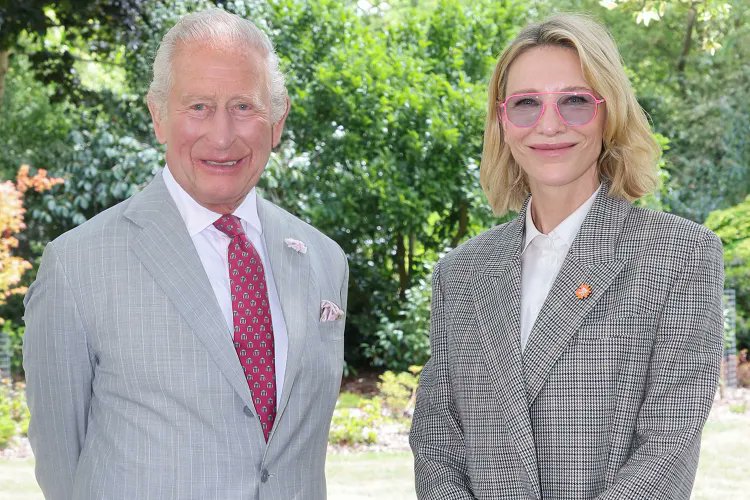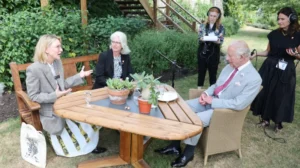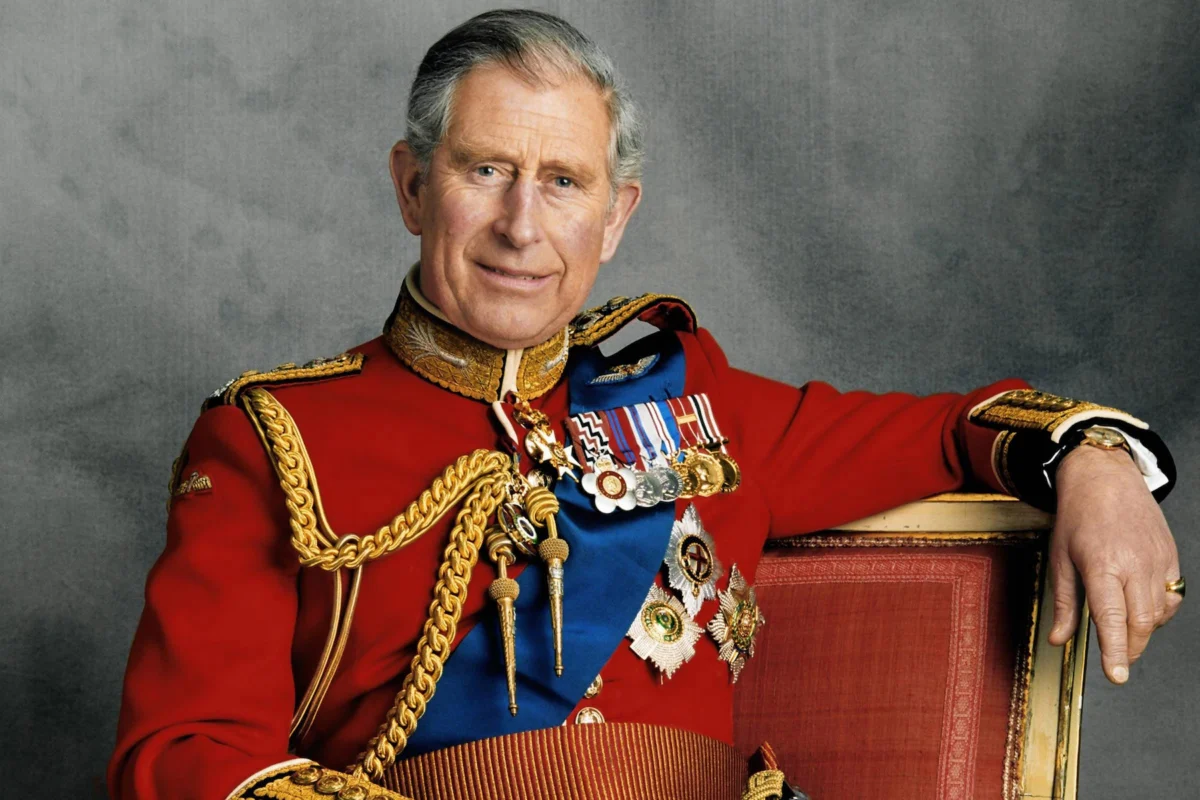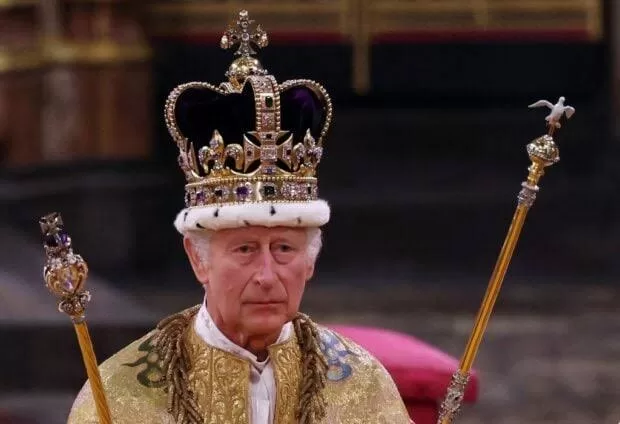Cate Blanchett and King Charles unite to save the planet: Inside their bold mission to protect the World’s last seeds

Cate Blanchett and King Charles. Image Credit: RBG Kew
In an unexpected yet powerful collaboration, Oscar-winning actress Cate Blanchett and King Charles III have come together to champion one of the most critical environmental projects of our time, the Millennium Seed Bank, operated by the Royal Botanic Gardens, Kew.
The pair appear together in a special podcast episode titled Unearthed: The Need for Seeds, where they discuss the urgent global mission to preserve biodiversity. Recorded earlier this year at Windsor in Berkshire, the episode celebrates the 25th anniversary of the Millennium Seed Bank, a facility safeguarding over 2.5 billion seeds from 40,000 wild plant species.
The Millennium Seed Bank: A “Doomsday Vault” for Nature’s Future
The Millennium Seed Bank (MSB), located at Wakehurst Botanical Garden in Sussex, is one of the world’s largest conservation vaults. Its purpose is simple yet vital: to prevent the extinction of plant species essential to human survival. Inside, billions of seeds are cleaned, dried, and stored at -20°C, ensuring they can be reintroduced into the environment if natural populations are lost.
King Charles, who inaugurated the seed bank back in 2000, described its mission as “essential to maintaining biodiversity for countless generations ahead.” In the podcast, he highlighted how post-war industrialization devastated wildflower meadows and threatened ecosystems, calling for urgent action to accelerate global seed preservation efforts.
READ ALSO
What is the UK’s digital ID system?
Cate Blanchett’s Passion for Nature and the Seeds of Change
For Blanchett, this partnership represents more than celebrity advocacy, it’s personal. Living near the Wakehurst gardens, she says she was “blown away” by the project’s impact after stumbling upon it during a walk. Her fascination with Australia’s banksia plants, which only release their seeds during wildfires, has deepened her connection to the environmental cause.
“I was shocked to learn that 97% of wildflower meadows have been decimated,” she shared. “We take nature’s beauty for granted, not realizing how fragile it truly is.” Her voice adds both urgency and hope to the initiative, reflecting a broader trend of celebrities using their platforms for climate awareness.
Seeds as the Foundation of Life, and Medicine
The podcast also explores how pharmaceutical innovation depends heavily on plants. Many modern medicines originate from natural compounds, meaning every lost species could represent a potential medical breakthrough gone forever. Dr. Elinor Breman, a senior scientist at Kew, joined the discussion, emphasizing how seed preservation could hold the key to both healthcare innovation and ecosystem recovery.

This intersection between science and sustainability is what drew Blanchett in. “It’s awe-inspiring,” she said. “Knowing that what’s being done here might one day restore forests or save a species from extinction gives you faith in what’s possible.”
A Global Effort Rooted in Local Action
While the MSB started as a “doomsday vault,” it’s now driving active environmental restoration projects worldwide. Seeds from the bank have been used to revive ecosystems devastated by wildfires in Australia, restore chalk grasslands in southern England, and reintroduce native flora in tropical and alpine regions.
Dr. Breman explained that Kew’s mission has evolved: “We’re not just storing seeds anymore, we’re helping replant the world.” Blanchett, who now serves as an ambassador for Wakehurst, has even rolled up her sleeves to help with seed sorting. Laughing about her “brown thumbs,” she says the experience has transformed her into a passionate gardener.
A Royal and Hollywood Call to Action for the Planet
Both King Charles and Cate Blanchett emphasized that plant conservation is not a niche issue, it’s a human one. Blanchett described the MSB as “the UK’s best-kept secret,” urging the public to learn more and get involved. “You often think, where are the good news stories? Well, this is one,” she told the BBC.
For King Charles, the project reinforces his long-standing environmental advocacy. “We’ve done so much damage since the war,” he admitted, “but the seed bank gives me hope that we can undo some of it.” Together, their conversation bridges the worlds of science, royalty, and art, proving that the fight for the planet transcends every boundary.
FAQ: Cate Blanchett and King Charles
Q1: What is the Millennium Seed Bank and why is it important?
The Millennium Seed Bank is the world’s largest plant conservation project, storing over 2.5 billion seeds from 40,000 species to prevent extinction and restore ecosystems impacted by climate change.
Q2: What is Cate Blanchett’s role in the project?
Cate Blanchett serves as an ambassador for Kew’s Wakehurst garden, helping raise global awareness about biodiversity, plant conservation, and the urgent need to protect endangered seeds.
Q3: How is King Charles involved in the Millennium Seed Bank?
King Charles inaugurated the project in 2000 and remains a key patron. He recently joined Blanchett in a special podcast episode highlighting the need for faster global conservation action.
Q4: What topics did Cate Blanchett and King Charles discuss on the podcast?
Their Unearthed: The Need for Seeds episode explores biodiversity loss, the role of plants in medicine, and the future of seed conservation in combating climate change.
Q5: Where is the Millennium Seed Bank located?
It’s housed at Wakehurst Botanic Garden in Sussex, England, a satellite site of the Royal Botanic Gardens, Kew.
Q6: How does the Seed Bank help restore nature?
Seeds from the MSB are used in restoration projects worldwide, from reviving chalk grasslands in the UK to restoring ecosystems after Australian wildfires.
Q7: How many species are protected in the Seed Bank?
The facility currently safeguards over 2.5 billion seeds from approximately 40,000 wild species, with a goal to cover 75% of the world’s threatened flora by 2030.
Q8: Can the public visit or support the project?
Yes. Visitors can explore Wakehurst and the MSB, and donations directly support seed collection and global restoration programs managed by Kew.



